On 30th April, 1943 a waterlogged corpse washed ashore on a beach in Spain. The dead man wore a British naval uniform and a life jacket, apparently the casualty of an airplane accident at sea.
Among the dead man’s belongings were a used twopenny bus ticket, a jeweler’s bill for an engagement ring, and an irate letter from a London bank manager demanding repayment of an overdraft of eighty pounds. There was also this love note:
‘That lovely, golden day we spent together, oh! I know it has been said before, but if only time could stand still for just a minute. But what are those horrible dark hints you’re throwing out about being sent off somewhere? Of course I won’t say a word to anyone, but it’s not abroad is it? Because I won’t have it, I won’t. Oh darling, why did we go and meet in the middle of a war?’
The body was identified by the Spanish police as William Martin, acting major in the British Royal Marines. The British Embassy immediately demanded the body’s return and a few days later Bill Martin’s body was handed back, along with a briefcase that had been attached to his arm, with the assurance that “everything was there”.
Why were the British so interested in the body? Because, apart from the love letters, Major Bill Martin was carrying documents outlining key details of “Operation Husky,” a secret Allied plan to invade Nazi Europe by way of Sardinia, Corsica, and Greece. It also described a plan to prepare a false attack upon Sicily as a way of drawing Nazi forces away from the true invasion site.
But a German spy, acting on a tip off from the Fascist Franco government, had already photographed these documents and sent the images to Berlin.
Sounds like a scene from a James Bond story? That’s because it is.
In the northern Spring of 1943, 160,000 allied troops were massed in North Africa preparing to invade Southern Europe. The trouble was, as Churchill himself famously remarked, ‘Everyone but a bloody fool’ knew that their objective was to attack Sicily.
So in a foetid airless room beneath the Admiralty building in Whitehall, London an MI-5 officer named Charles Cholmondeley, (pronounced Chumley) dreamed up an idea to put the Germans off the scent. He got the idea from a 1939 memo written by none other than Bond, James Bond. Or rather his creator, Ian Fleming. Fleming himself - in due writerly fashion - stole the idea from a 1930s detective novel by Basil Thompson.
At the time Fleming was the assistant to the head of British naval intelligence, a man called John Godfrey, who would eventually become the model for M in the James Bond stories.
Chulmondley and Lieutenant Commander Ewen Montagu put the idea to the 20 Committee, (twenty is XX in Roman numerals - or double cross) and was given the green light for Operation Mincemeat.
But first they needed a corpse.
That should have been easy in the midst of a world war. But they needed a body that no one would claim - and that also looked as if it had drowned. Bentley Purchase, a London coroner got them what he needed. A vagrant had been found in an abandoned warehouse near King’s Cross and taken to St Pancras Hospital dying from the effects of swallowing rat poison. This had caused fluid to build up in his lungs - similar to death by drowning.
A new identity was created for the dead man in ‘Room 39′, where Fleming worked as an intelligence officer. Major Bill Martin was born - after his body had died.
On 30 April, 1943 a Royal Navy submarine, Seraph, surfaced off the coast of Huelva in Spain - the British knew that the local Abwehr man was cosy with Spanish officials there. The commander, Lieutenant Jewell, read the 39th psalm and the body was pushed into the sea, floating with the incoming tide.
The briefcase that Major Martin carried with him soon found its way into the hands of the local Abwehr, who teased opened the letters and photographed the contents before resealing them. The images were rushed to Berlin.
Hitler believed their authenticity, even overruling Mussolini on it. German transmissions were later intercepted and decrypted indicating that the Nazis had diverted several Panzer divisions to Sardinia, Corsica, and Greece. A cable was sent to Winston Churchill to inform him of the success: “Mincemeat Swallowed Whole.”
Two months later Allied forces struck the southern tip of Sicily, meeting very little resistance. For the following two weeks the Germans continued to anticipate landings in Sardinia and Greece that never came. By the time they realized that they had been duped, they had no chance to regroup.
So who was the dead man who saved Europe?
The photograph on Major Martin’s Identity Card was a serving MI5 Officer, Ronnie Reed, who bore an astonishing resemblance to the dead man.
But it was fifty years before the man’s real identity was revealed; he was a 34 year old homeless man named Glyndwr Michael, from Aberbargoed in Wales. His father had committed suicide when he was 15, and his mother died in 1940. Afterwards he fell into depression and drifted to London destitute and homeless.
And the rat poison? It may have been suicide; or perhaps, starving, he ate bread that had been set out as rat bait.
His story is unutterably sad; yet his unwitting part in Operation Mincemeat turned the course of the war. Two of the Panzer divisions diverted to Greece reduced German combat strength against the Russians just as the battle on the Eastern front was in the balance. From that moment on, the German army was on the back foot and the Red Army didn’t stop until it reached Berlin.
Meanwhile the Germans kept their forces in Greece, still thinking the Sicily landings were a feint, until it was much too late. The ruse was so effective it even caused the Germans to disregard later genuine document finds.
Glyndwr Michael’s grave now lies in Huelva’s cemetery of Nuestra Senora and the headstone reads:
William Martin, born 29 March 1907, died 24 April 1943, beloved son of John Glyndwyr and the late Antonia Martin of Cardiff, Wales.
Dulce et Decorum est pro Patria Mori, RIP. ( “It is sweet and fitting to die for one’s country.”)
And the love letters? They were written by Victoire Evelyn Patricia Bennett, later Lady Paddy Ridsdale. She later went on to achieve some fame of her own.
Fleming based a character in his books on her.
He called her Miss Moneypenny.


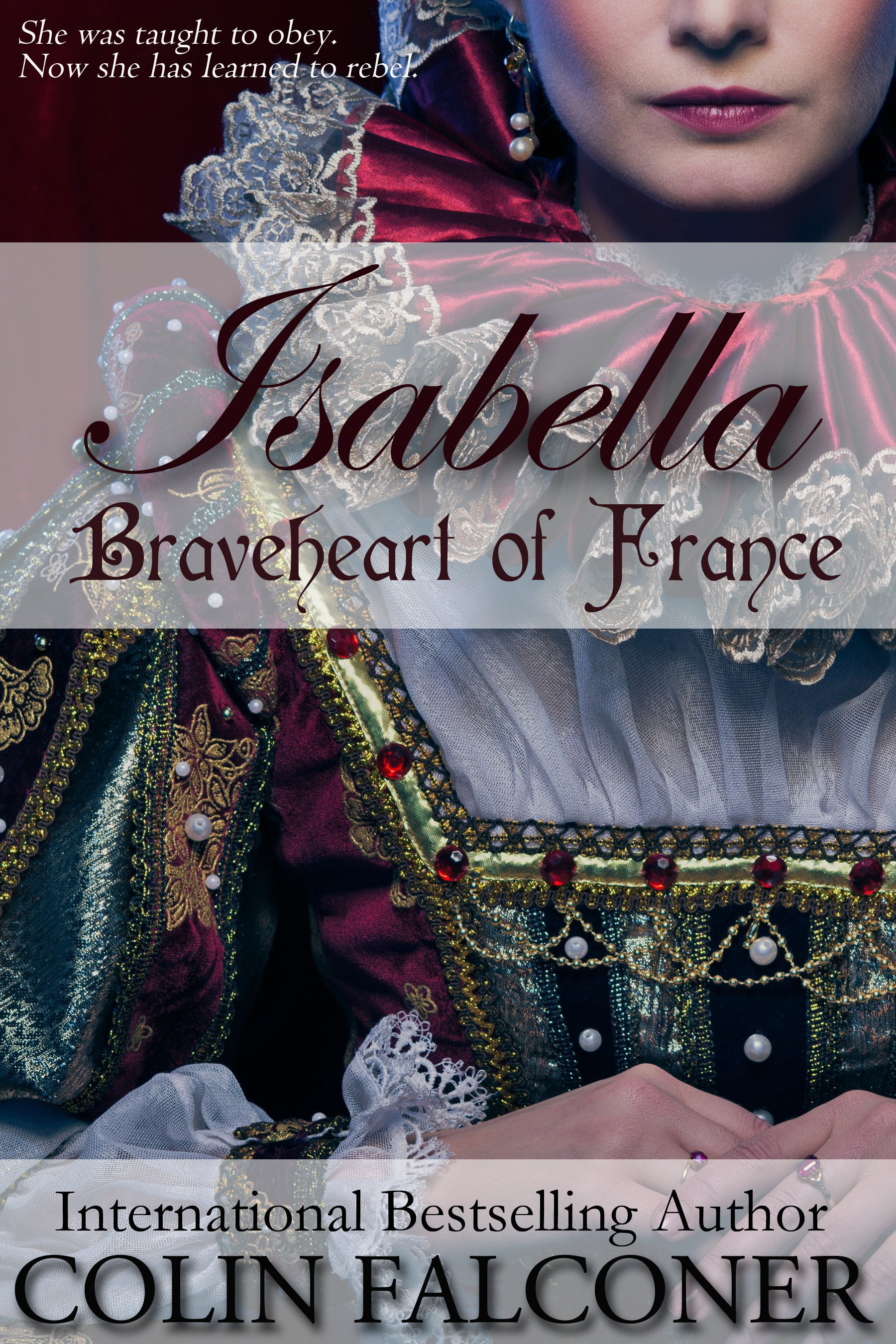















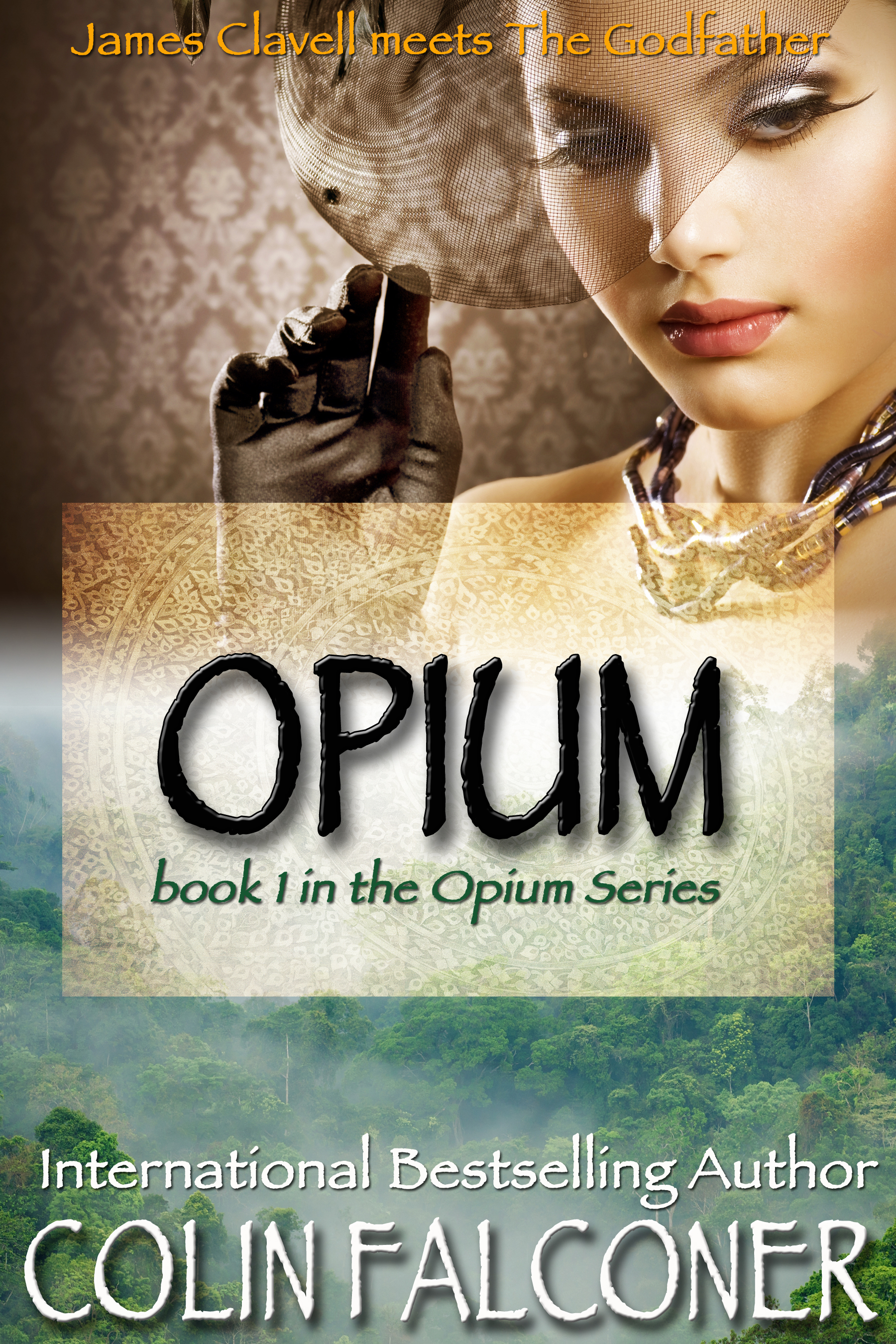

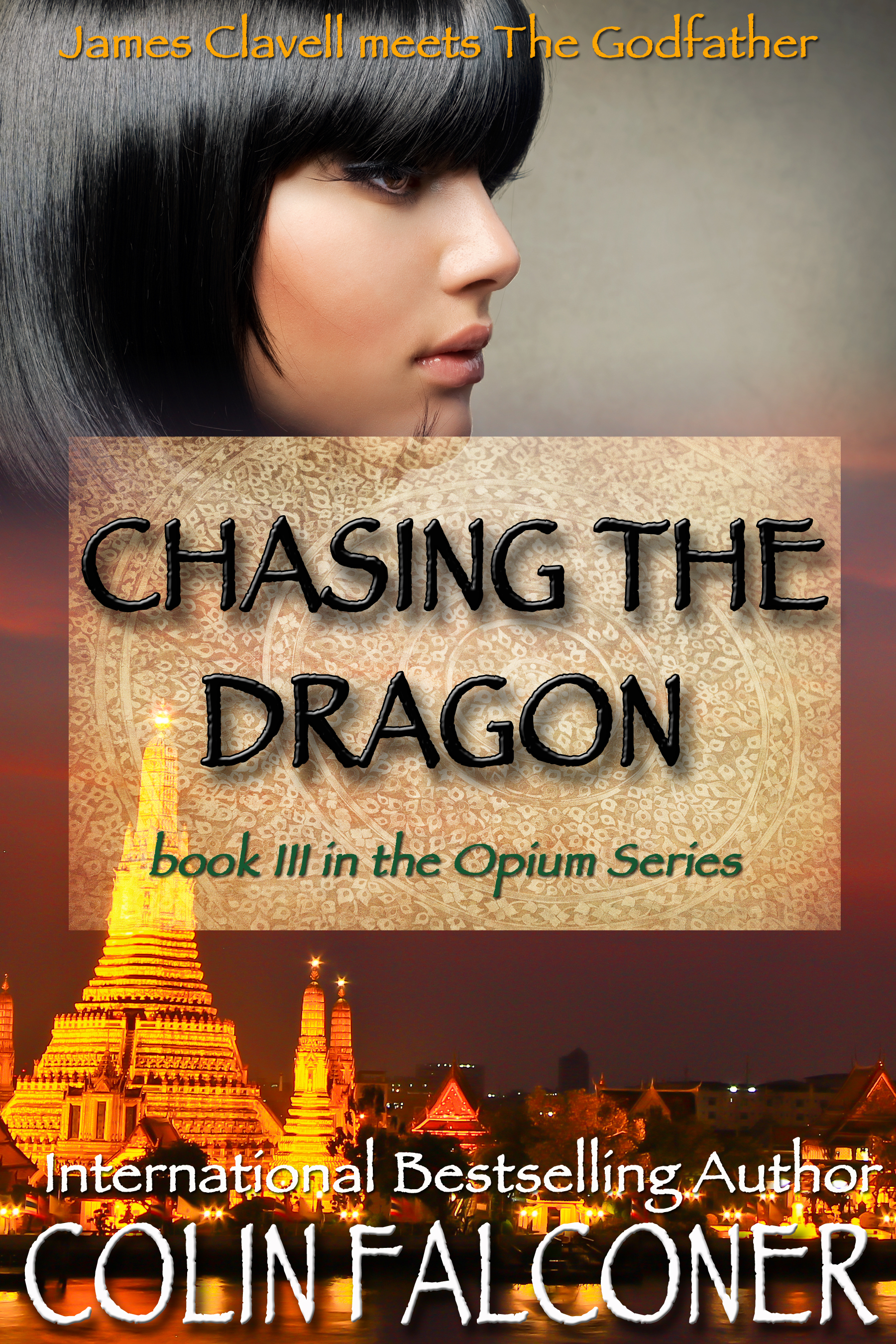
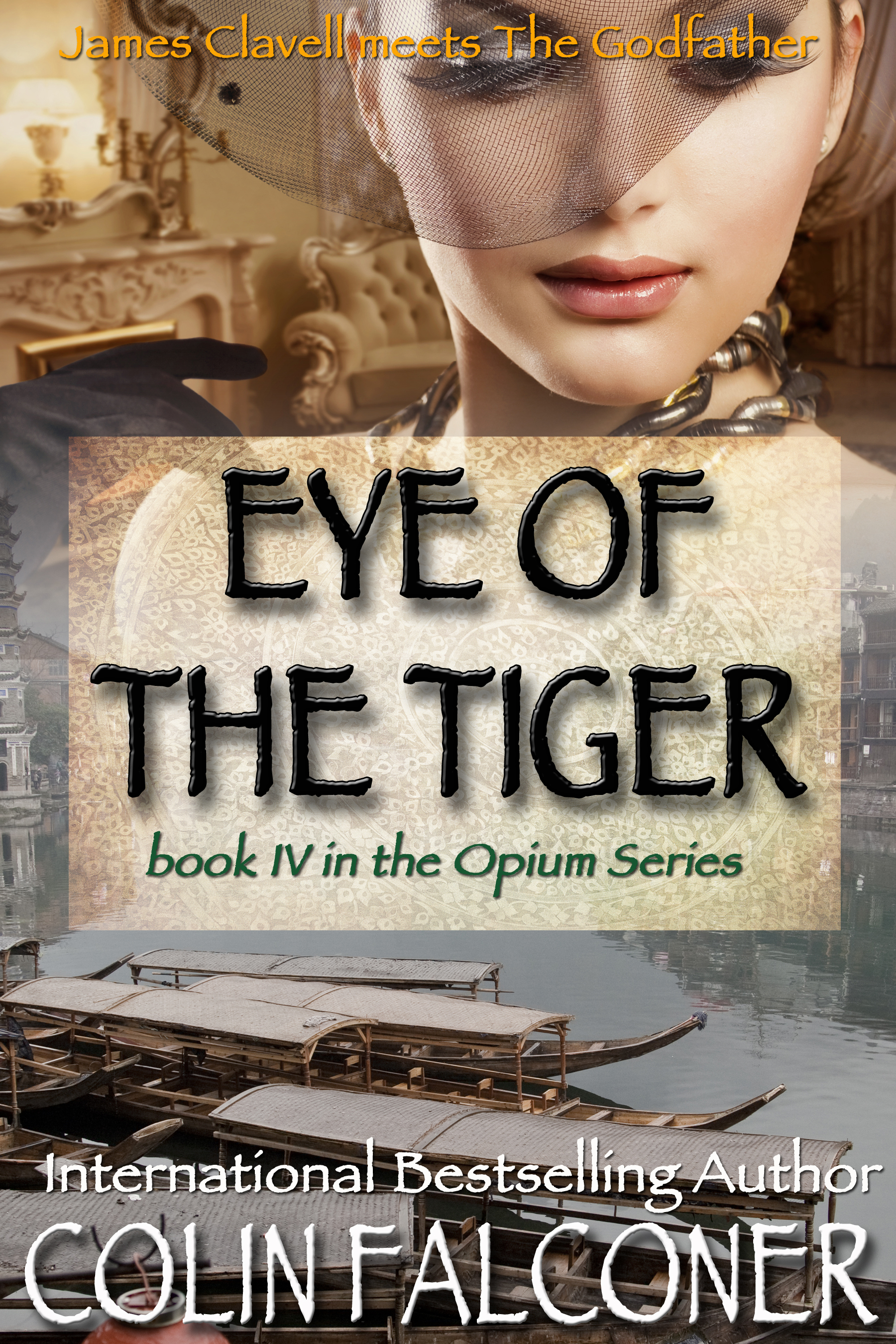





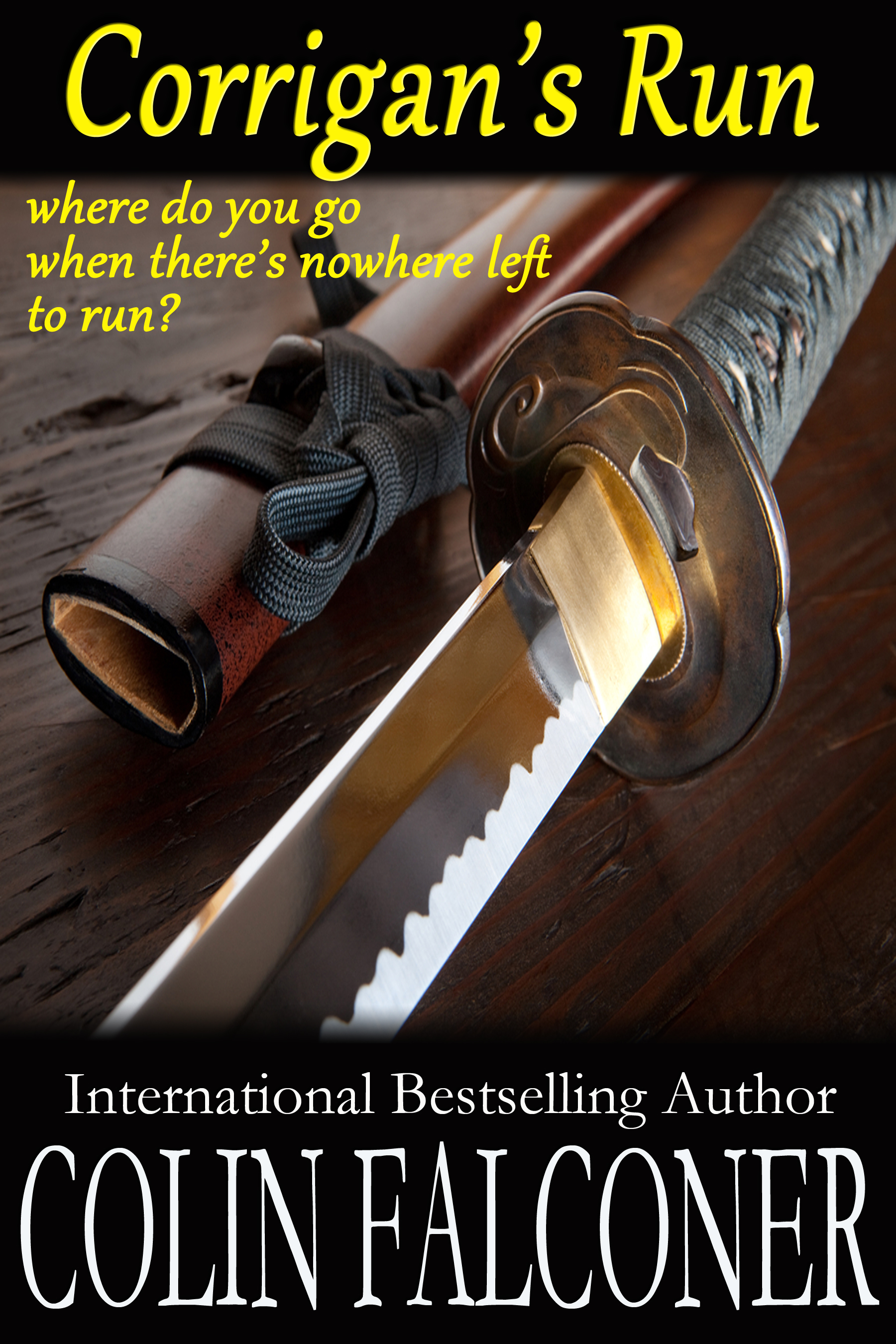
I love this tale, Colin. What fun! Thanks for sharing.
There’s so much behind the facts that get reported in the history books. Thanks for sharing this amazing story.
Such a fascinating tale. Thanks for sharing.
thanks for sharing this amazing tale.
What a fantastic story! Love the intel, counter-intel, and counter-counter-intel!